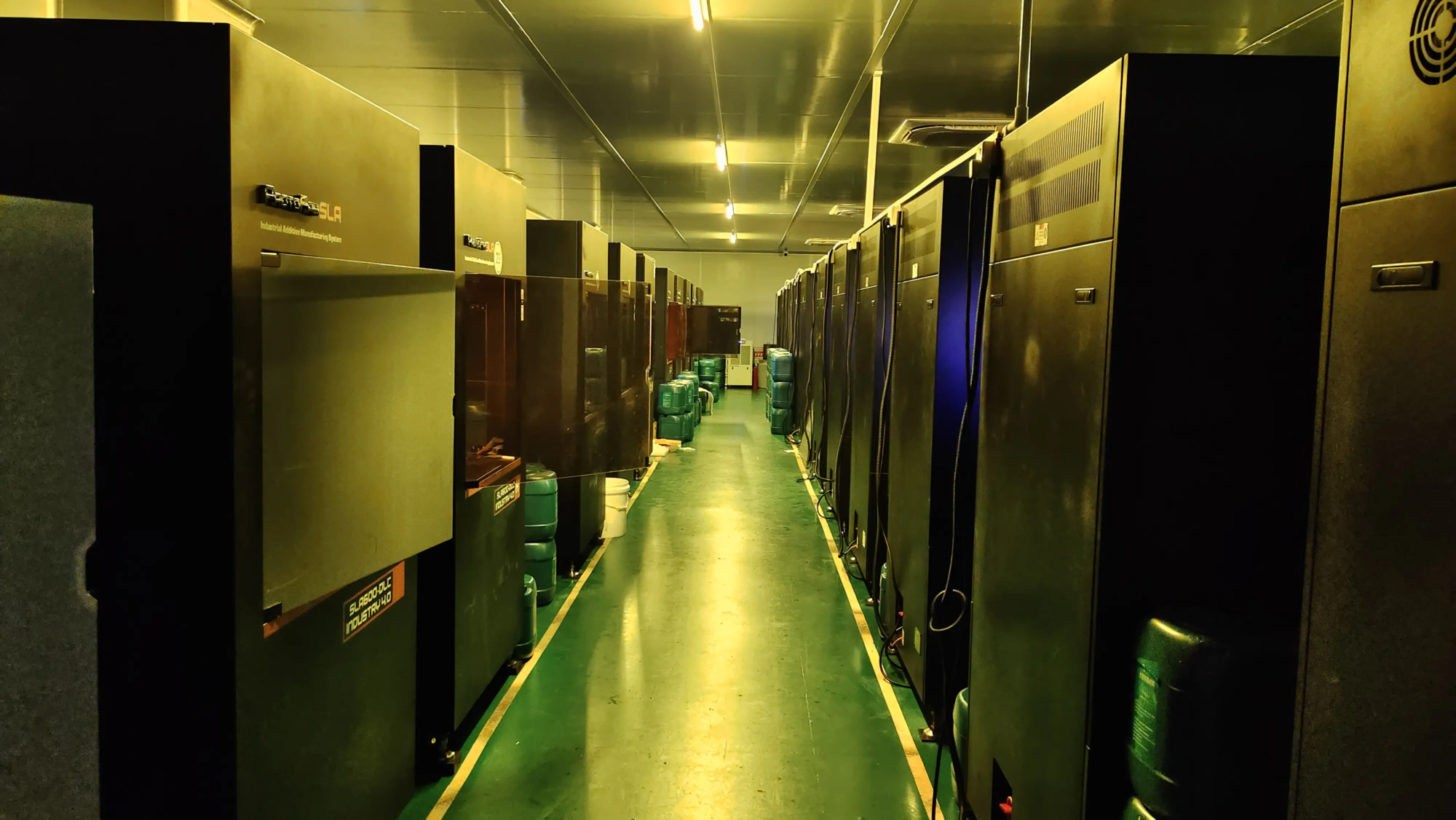Mastering Bed Adhesion: The Ultimate Hair Spray Guide to 3D Printing
Struggling with twisted corners or prints popped up in Job? you are not alone. Bed adhesives remain one of the most common obstacles in FDM 3D printing. Although solutions such as glue sticks, painter’s tape and proprietary adhesives exist, Hair glue As a versatile, affordable and very effective option. Let’s look at why it works and how to take advantage of it like a professional.
Why do you need hair spray? Awesome Science
Hair spray is not only used for hairstyles, but also the formula is a secret weapon for 3D printing. Most hair sprays contain Polyvinylpyrrolidone (PVP) or similar polymers. When sprayed onto the heated printing bed, the solvent evaporates, leaving behind a thin, tacky film that holds the filament firmly as it cools. This layer:
- Establish strong connections with materials such as PLA, ABS and PETG.
- Form a uniform coating to minimize uneven adhesion points.
- When the bed cools, release prints cleanly (due to thermal expansion differences).
Choose your hair gel Arsenal
Not all hairsprays are equal. Prioritize these features:
- Super-continuous formula: Choose ignorance, High hold Spray (for example, Aqua Net Extra Super Hold). avoid "Conditioning" Spray with oil.
- Alcohol-based: The aqueous spray evaporates slowly, causing bubbles. Alcohol-based choices dry almost immediately.
- No additives: Skip moisturizers, UV protectors or vitamins – they leave residues that reduce adhesion.
hint: Cheap, simple sprays are often better than expensive salon brands for 3D printing!
Step-by-step application guide
Prepare:
- Clean the bed thoroughly with isopropanol (IPA) or acetone (check compatibility first!).
- Heat the bed to the recommended temperature for your filaments (e.g. 60°C for PLA and 90°C for ABS).
Spraying technology:
- Remove the printing surface if possible. If not, mask the motor and electronics.
- Hold the 10-12-inch can. Spray smooth, clear movements to create a Thin, even mist– No drips or puddles!
- Before printing, dry it for 30-60 seconds.
- Long-term maintenance:
- Reapply every 2-5 prints, or when the adhesion is weakened.
- Remove the buildup every few weeks: Warm soapy water, a removable bed, IPA wipes the fixed surface. Avoid scratching!
Advanced tips for perfect effects
- Avoid over-apply: Thick layers can cause bubbles or uneven cooling. Less more!
- Combined with texture: Use hair glue on it Powder-coated PEI or glass bed For legendary grip.
- Cold removal: Be sure to let the bed cool to room temperature before prying open.
- Storage: Keep the spray upright in a cool and dry place. Shake before use.
Hair spray and alternatives
| How to stack hairspray? | Adhesives | advantage | shortcoming |
|---|---|---|---|
| Hair glue | Cheap, quick to apply, reusable, can be used with many materials | Residue accumulation, need to be reapplied | |
| Glue stick | Simple control, minimal chaos | Uneven coating, stripes, difficult to clean | |
| Painter’s tape | Great for exposed platforms without residue | Time-consuming, tears easily |
When DIY is not enough: Professional solutions
Hairspray is good at amateur FDM printing, but More complex approaches for high-risk industrial applications. Metal components, complex geometry and mission-critical prototypes require precision beyond home fixed.
exist GreatWe use Industrial grade SLM (selective laser melting) Printer for rapid metal prototyping. Our 316-liter stainless steel, titanium and aluminum parts are subject to strict quality control without relying on DIY adhesives. Through advanced post-treatment (such as CNC machining, stress relief and surface finishing), we ensure dimension accuracy and structural integrity.
Why choose professional services?
- Eliminate adhesion failures Use optimized industrial equipment.
- Material diversity: From inconel to copper, cater to professional applications.
- One-stop improvement: Post-processing is processed internally, reducing delivery time.
in conclusion
Hairspray is a game-changer for FDM enthusiasts to fight adhesion dilemma. With the right spray and technology, you will minimize warpage and maximize printing success. But remember – for end-use metal parts or complex prototypes, work with professional services like this Great Ensure reliability from design to delivery. Whether you are tinkering at home or expanding production, mastering adhesion is the key to unlocking the full potential of 3D printing.
FAQ
Question 1: Can I use any hairspray brand?
Stick to oil-free, high-hold spray. First, test budget brands – they usually perform better than higher options!
Q2: Will hair spray damage my printing bed?
No, it is safe for glass, PEI and Buildtak. Use IPA regularly to clean residues to maintain performance.
Question 3: Why does my hair spray leave bubbles under the printing?
Your spray is too thick or too close. Use a lighter jacket from over 10 inches.
Question 4: Can hair spray be replaced with heated beds?
No! The polymer of heat-activated hairspray. Always warm up your bed.
Q5: Is hair spray suitable for nylon, TPU or PC silk?
The TPU may surpass it. For outsiders like nylon, dedicated adhesives or printing surfaces are better.
Q6: How does Greatmight ensure the accuracy of metal parts without adhesive?
Our SLM printers use controlled inert atmosphere and laser calibration to fuse metal powder without warping and are processed with CNC with microscopic precision.
Need a powerful prototype? Skip sprays can and explore Greatlight’s rapid prototyping services, with industrial-grade metal parts compliant with seamless post-processing.





